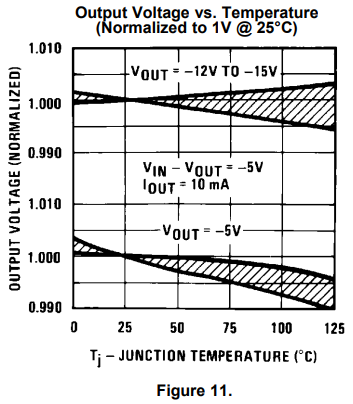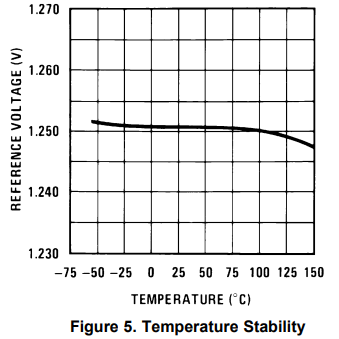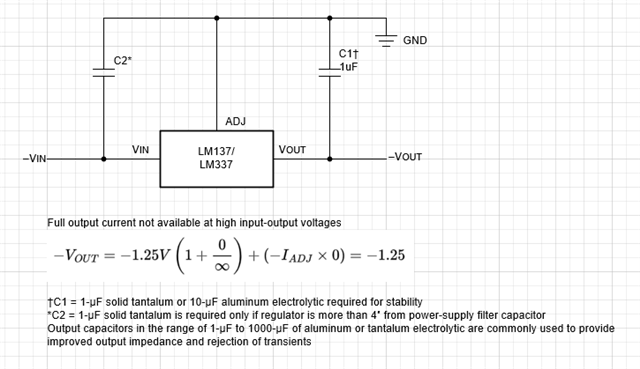Other Parts Discussed in Thread: LM337, LM337-N, LM137
Tool/software:
Hi team,
Our customer is looking for negative output LDO that meet the following requirements:
- Output Voltage: -0.5 V to -2.5 V (fixed output type)
- Output Current: 10 mA or less
- Input Voltage: -15 V (referenced to GND)
- Temperature Coefficient: ±50 ppm/°C or less (output voltage drift)
- Other: Fixed output type (adjustable types using resistors are not acceptable)
I am considering the TI LM79L series as a candidate, but I could not find specific information on the output voltage temperature drift (ppm/°C) in the datasheet.
Could you please provide details on the temperature drift specification for the LM79L series?
Additionally, if there are any TI products that meet or closely match the above requirements, I would greatly appreciate your recommendations.
Best regards,
teritama





